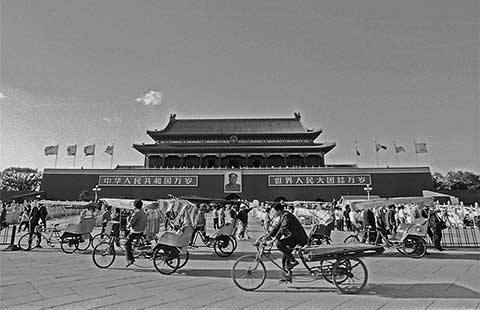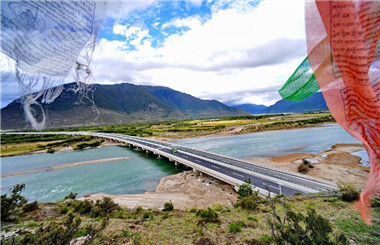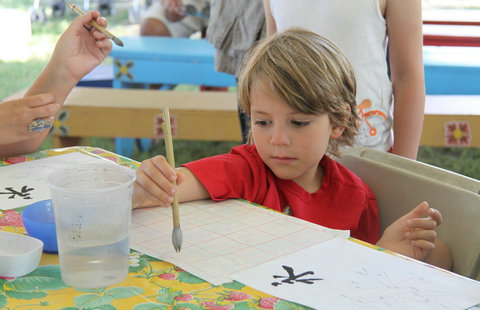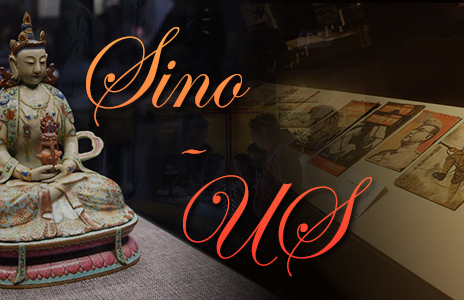International show celebrates engravers' art
By Deng Zhangyu ( China Daily ) Updated: 2015-09-29 08:16:46"Due to the war, many of their works were lost. The works shown here are the only existing ones," says Kang.
Gu stayed in Yan'an - then the heart of the Communist Party - for seven years from 1938 to 1945. He created about 200 engravings depicting the life of the Communist Party in Yan'an, says his daughter, Gu Ancun. One of his works on display shows the workings of a local government office.
"Experts say that my father's works, to some extent, are rare documentaries recording the life of Yan'an, a place seldom shown to the outside world during the war due to political reasons," says Gu.
She once received a thank-you letter from the Franklin Roosevelt family saying the then American president had kept Gu Yuan's woodcuts about life in Yan'an, which were sent as gifts by Zhou Enlai, the first prime minister after the People's Republic of China was founded.
During the war, engravings in China were mainly produced on wood, because of their low cost, and then copied for many editions for promotional uses. However, people had little appreciation of the aesthetic value of such woodcuts, and most were lost in the debris of war. For a long time, this kind of art was associated with politics and revolution.
In the 1980s, contemporary artists in China began to create engravings like what their counterparts in the West had long been doing.
Etching, silk-screen printing, dry-point engraving and colored etching works can be seen in the show's second section: engravings by established Chinese artists. The third section displays the most avant-garde artists' prints.
"The show is the first in China to allow people to appreciate engravings from the West and East. Very comprehensive," says Zhou Jirong, deputy-director of the school of engraving of Central Academy of Fine Arts.
If you go
Gauguin Gallery
10 am-5 pm, through Nov 8. Room 1211, Tower 2, Wangjing SOHO, 10 Wangjing Street, Chaoyang district, Beijing. 010-5707-6948.
|
|
|
|
|
|
|
|


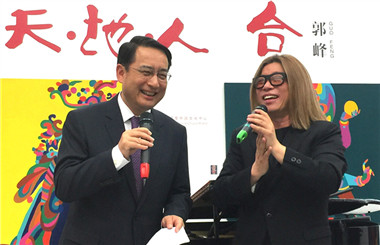


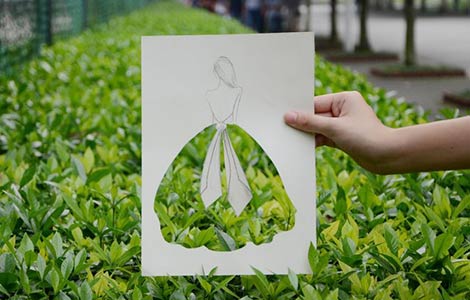

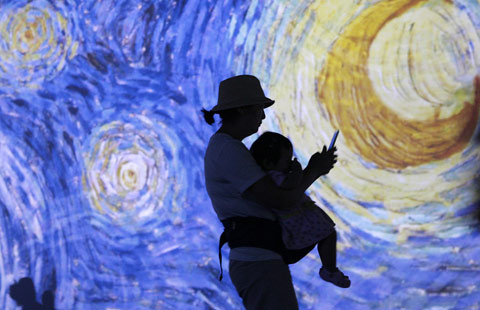

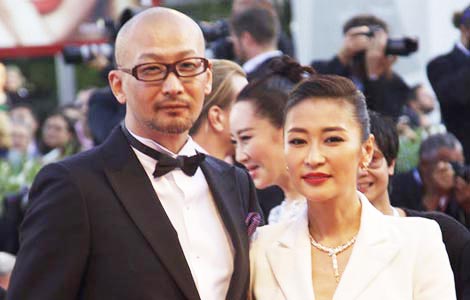


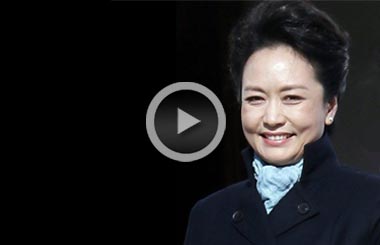
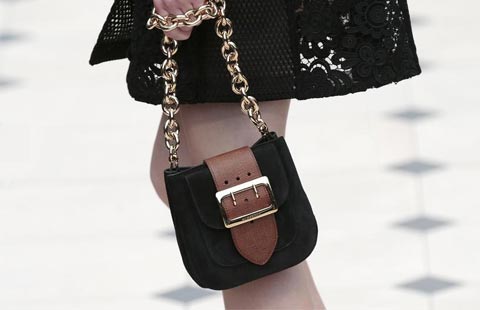


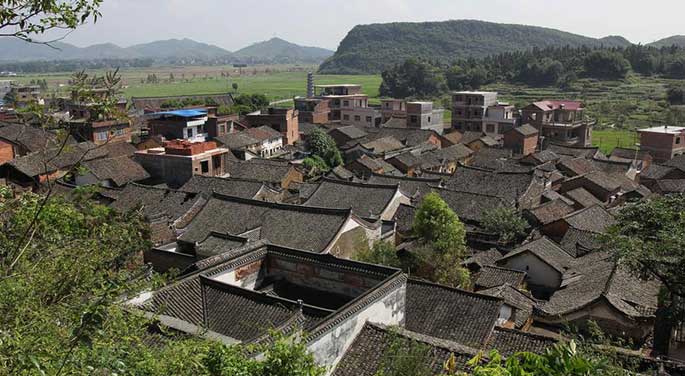
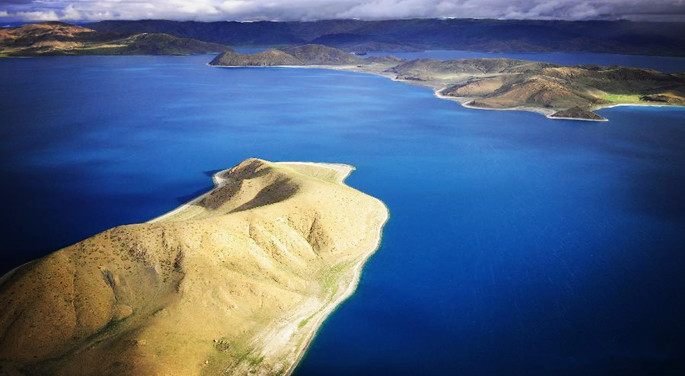
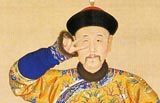


 Raymond Zhou:
Raymond Zhou: Pauline D Loh:
Pauline D Loh: Hot Pot
Hot Pot Eco China
Eco China China Dream
China Dream China Face
China Face

